After the splendid performance of R-13, it was decided that the best course of action would be to make and test R-14 using a improved internal igniter to see if the results of R-13 could be reproduced.
I am very glad to announce that this effort was a resounding success!
The construction is the same as most others in the R-n series, with the main difference being that I’ve frozen the design after the success of R-13.
More specifically, I’ve made a blueprint, so its known exactly how this version fits together.
This way, there is no room for doubt as to how its constructed.
And I’ve named it PM-19, standing for ‘Plastic Motor 19mm’.
The construction itself was delayed by external factors which will remain undisclosed, as well as external factors I am eager to disclose such as me turning 18 years of age.
After the family matters and birthday festivities were taken care of, work proceeded promptly to making R-14.
There are very few pictures of this, due to significant time gaps and rushing involved in the process.
But here are some of the finished fuel grain and nozzle assembly:
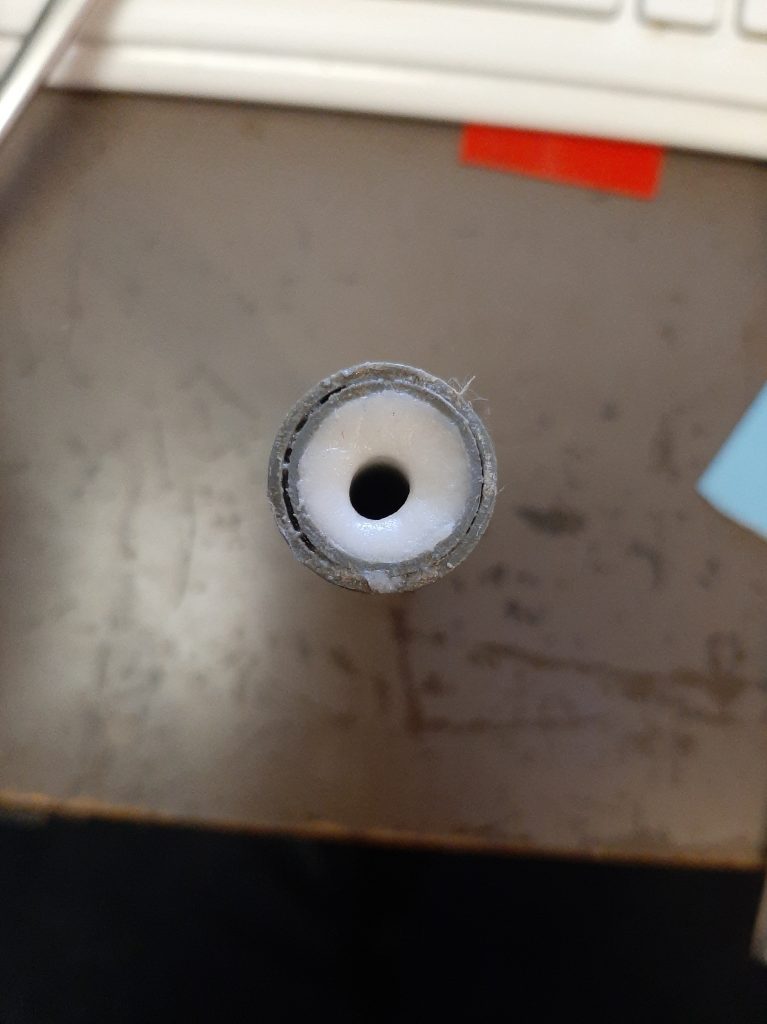
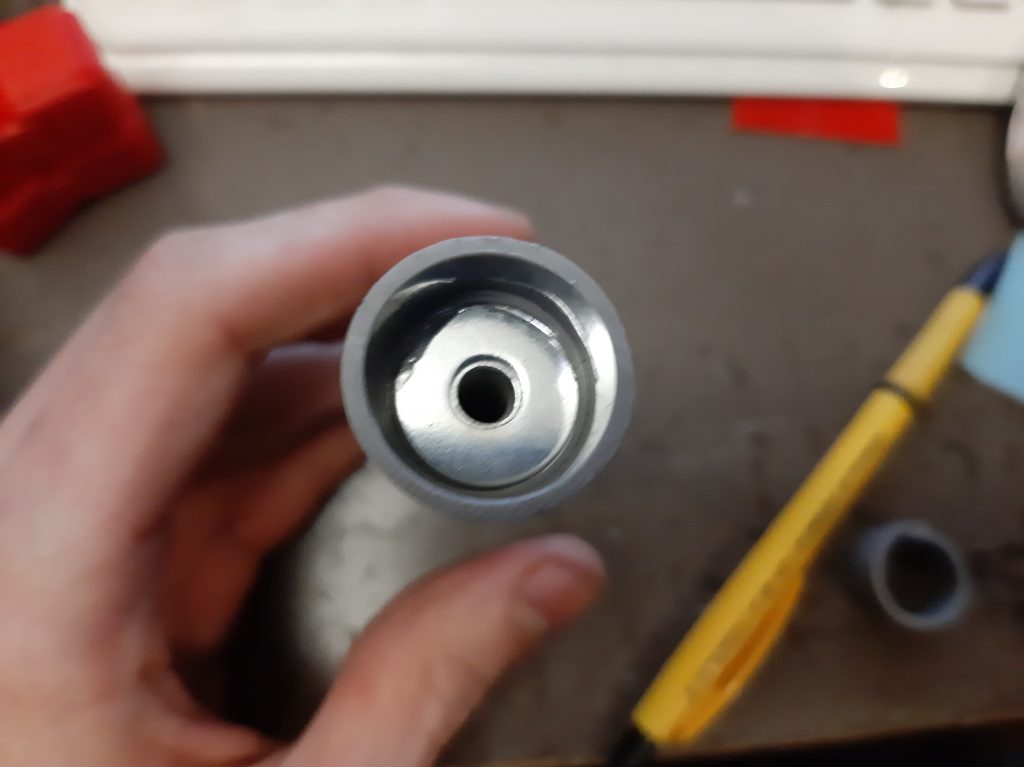
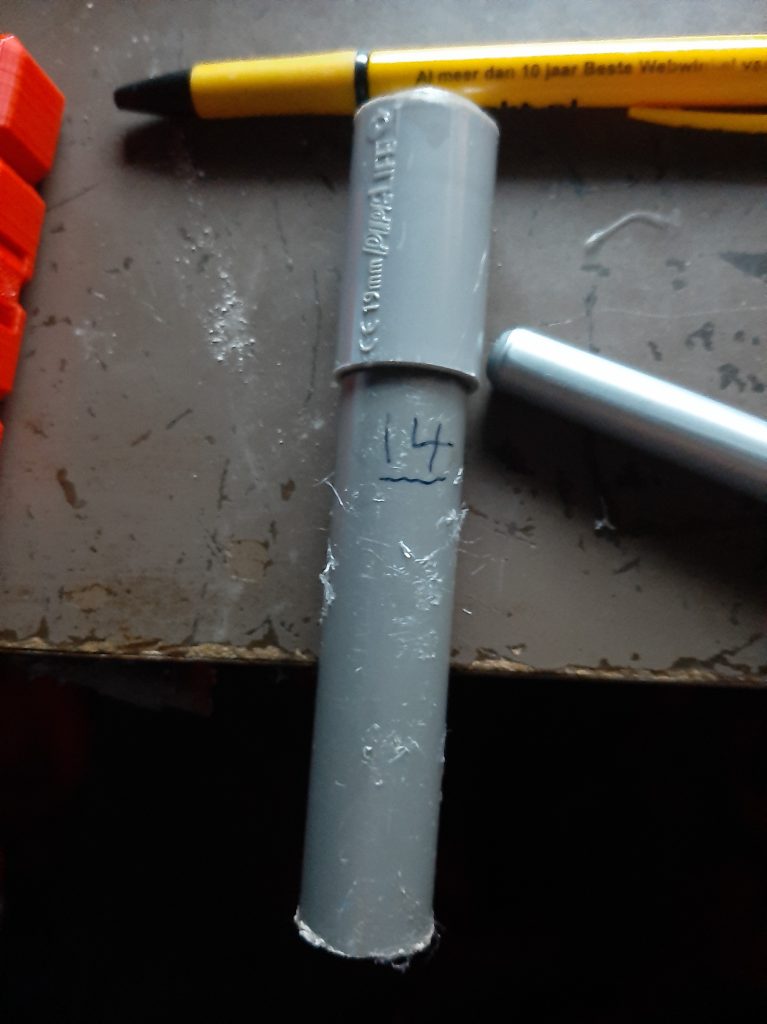
The quality of the fuel was also tested, using a old fashioned “Slug” made from leftovers during casting.
And 2 specially constructed Type II igniters were made and hand-fit to fit trough the nozzle of PM-19, which is only 5.4mm in diameter.
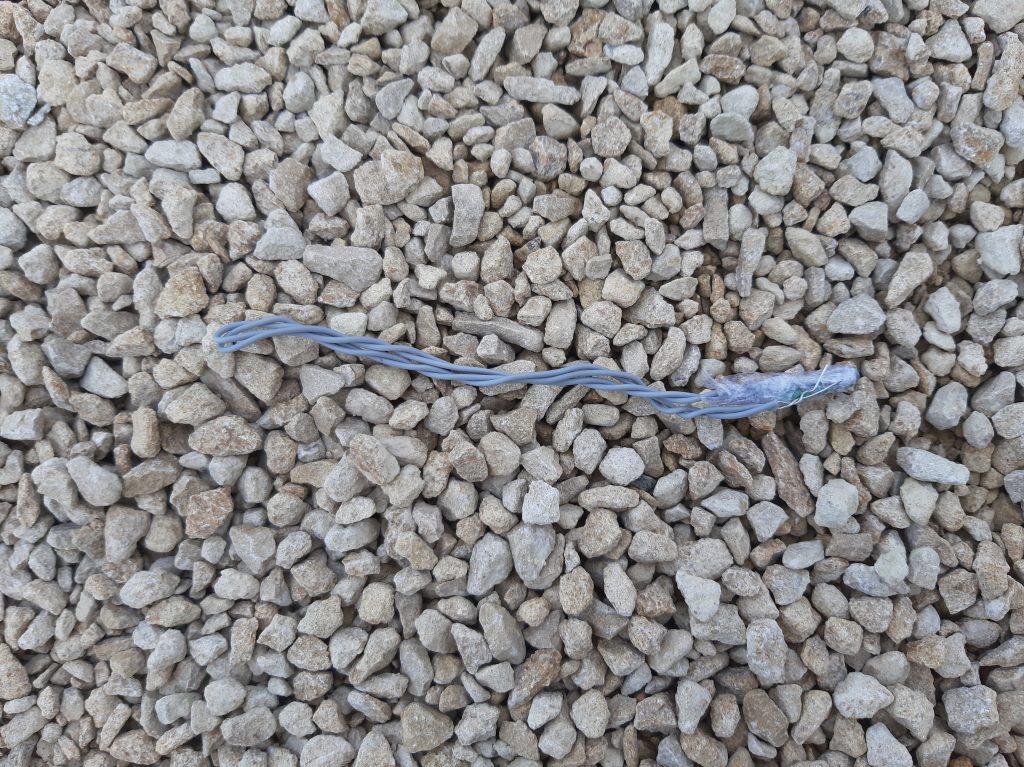
Due to the time lost earlier in time, it was decided to test R-14 before the next weekly rendezvouses with my fellow rocketeer, so that work could continue smoothly on R-15.
However, due to even more of those darn external circumstances, this motor in particular was tested in a different province, on a unfamiliar test site (read: parking lot), in a slight rush.
Nevertheless, I adapted, and the test was carried out without a hitch.
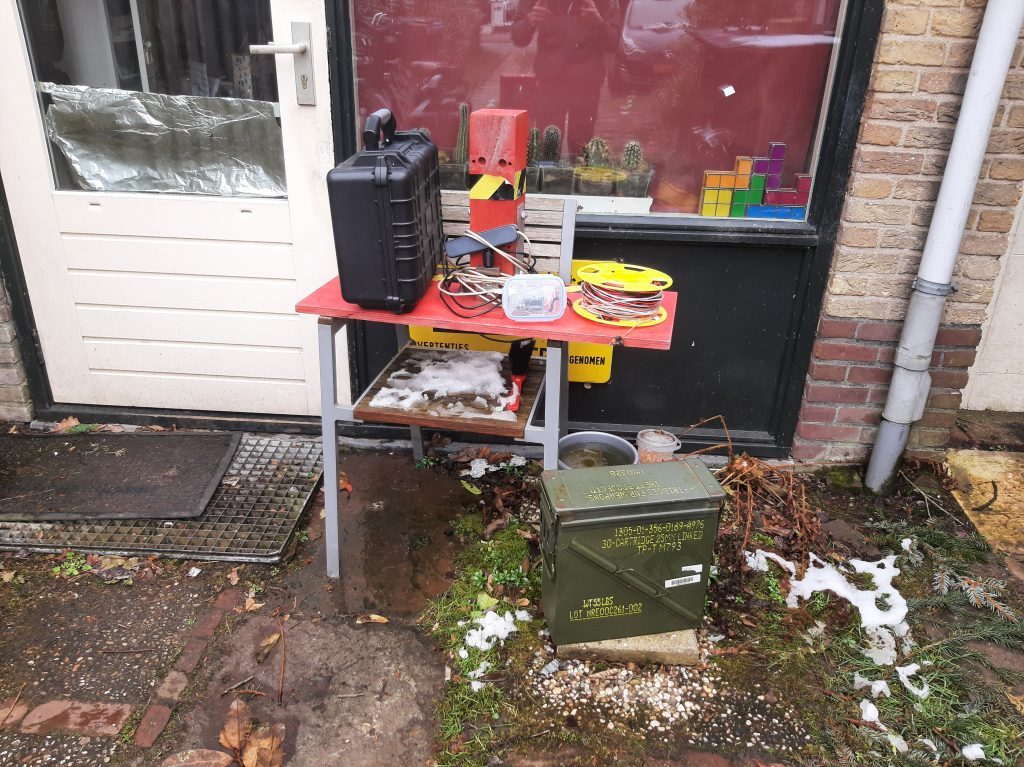
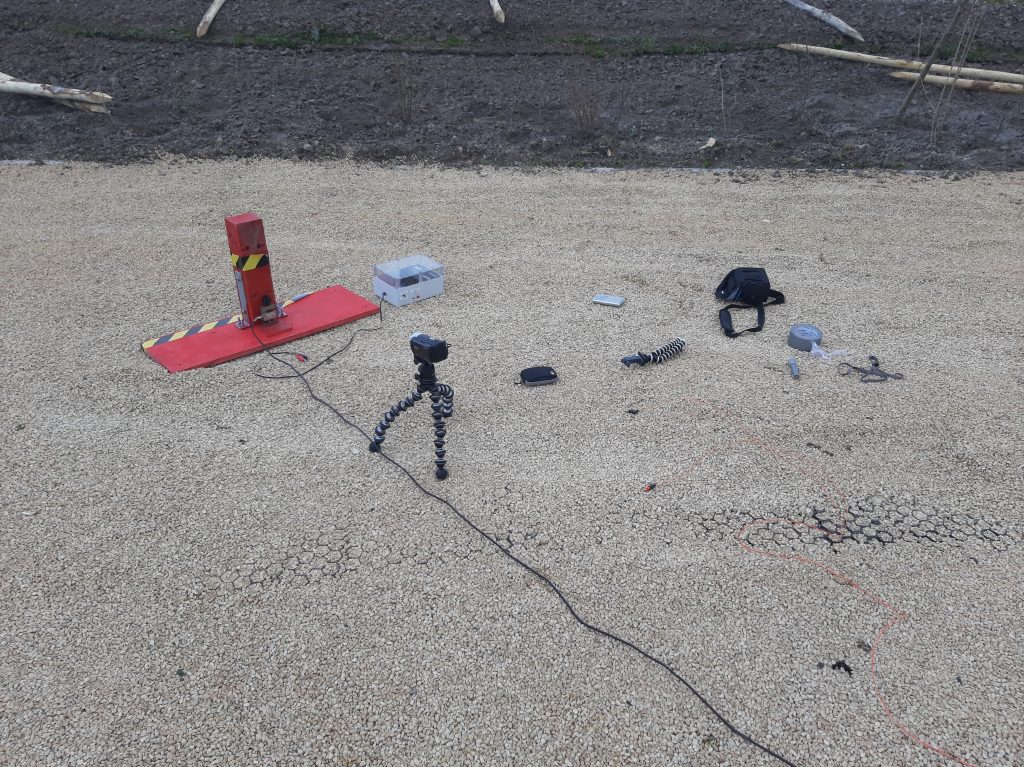
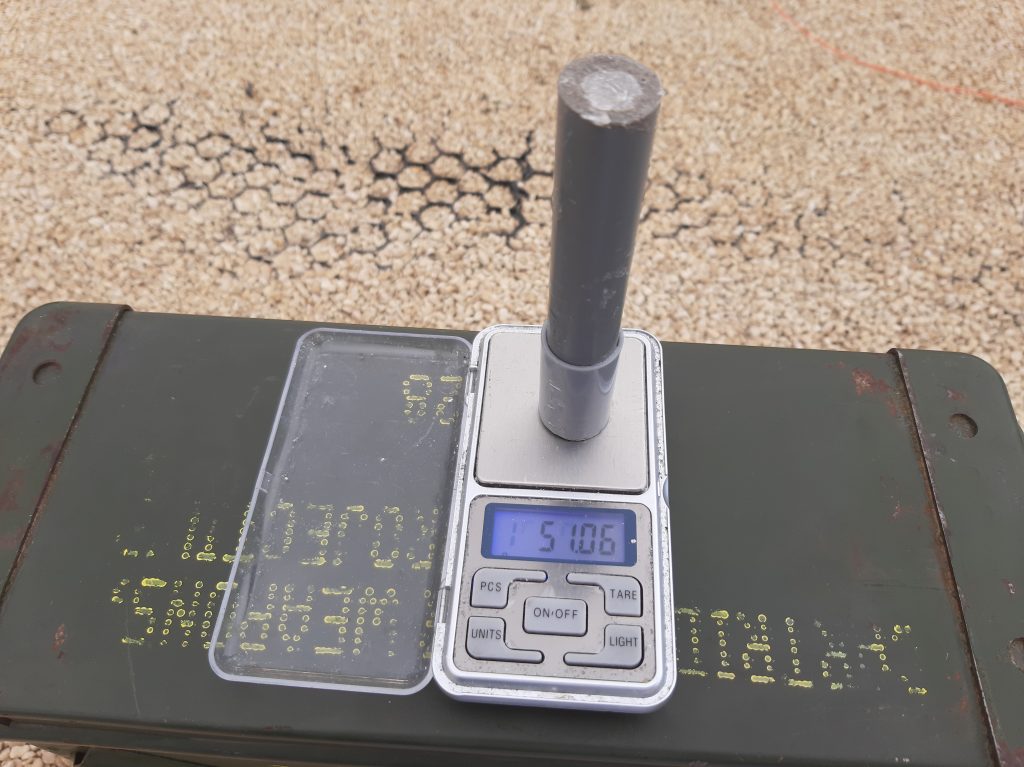
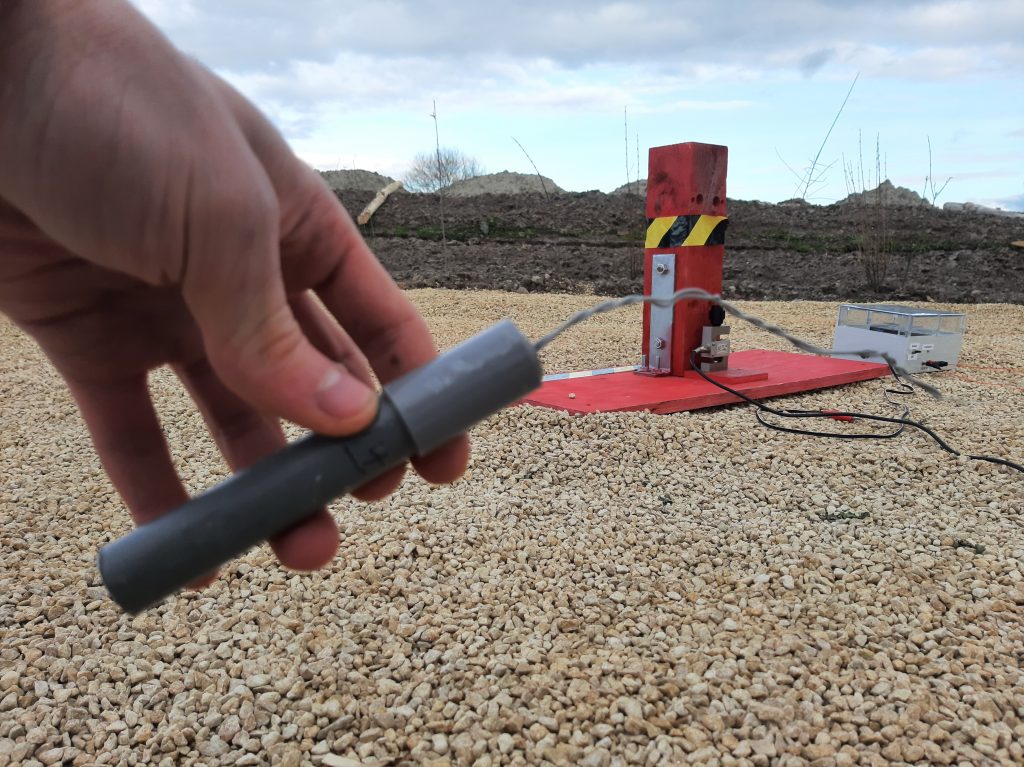
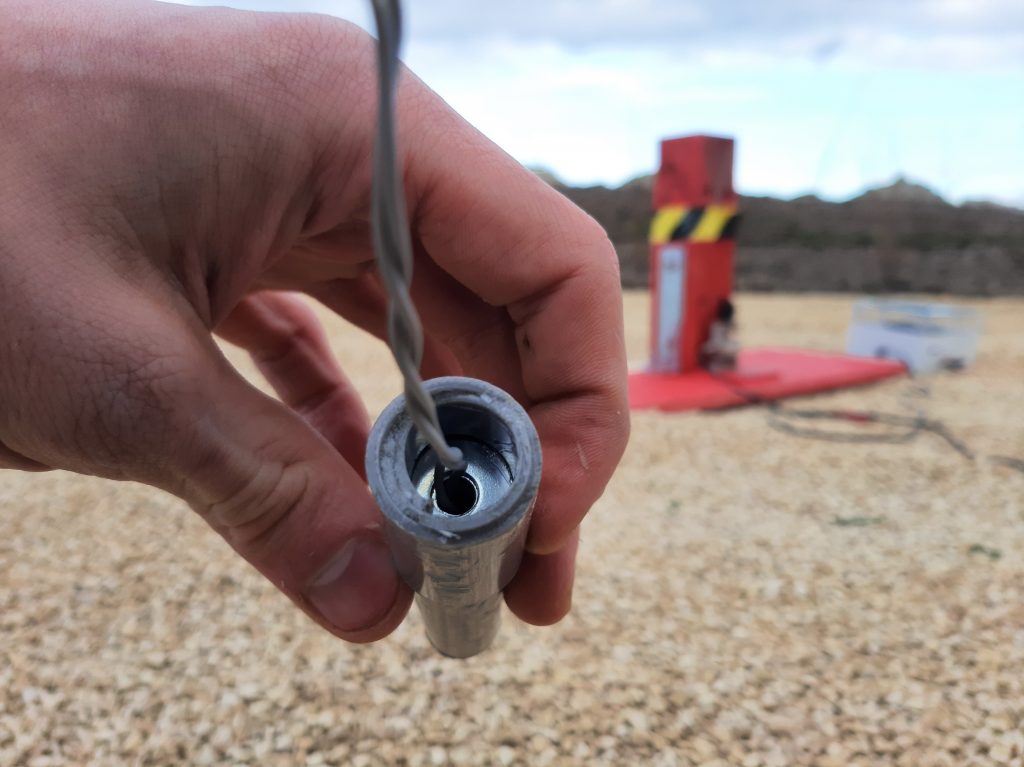

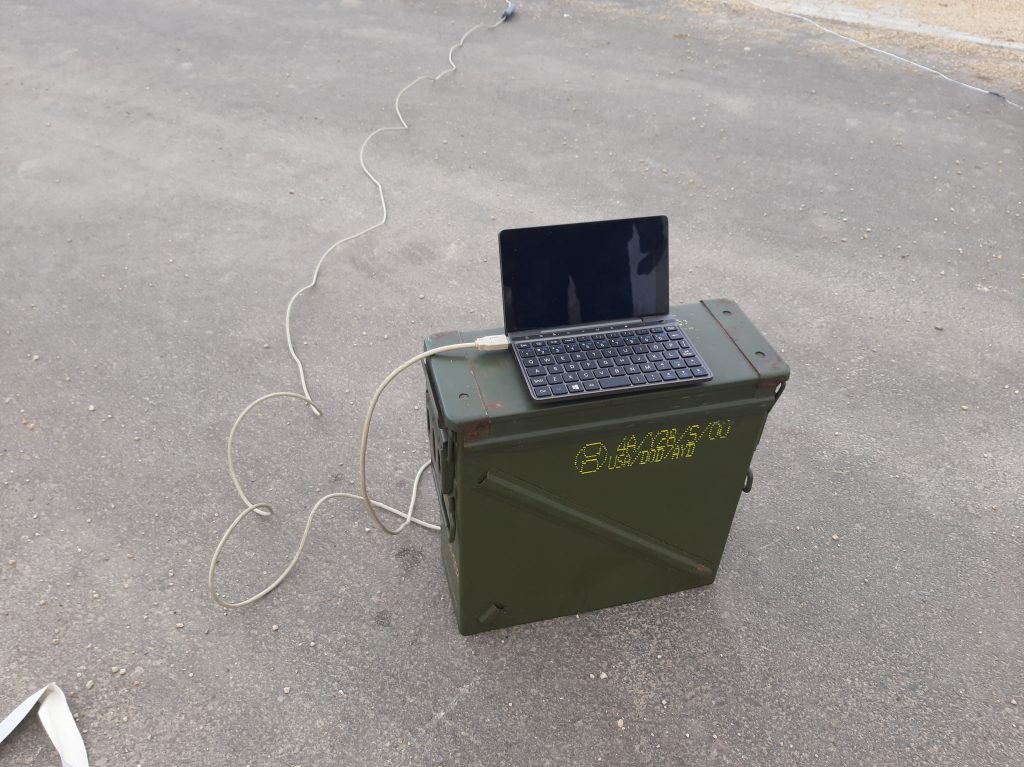
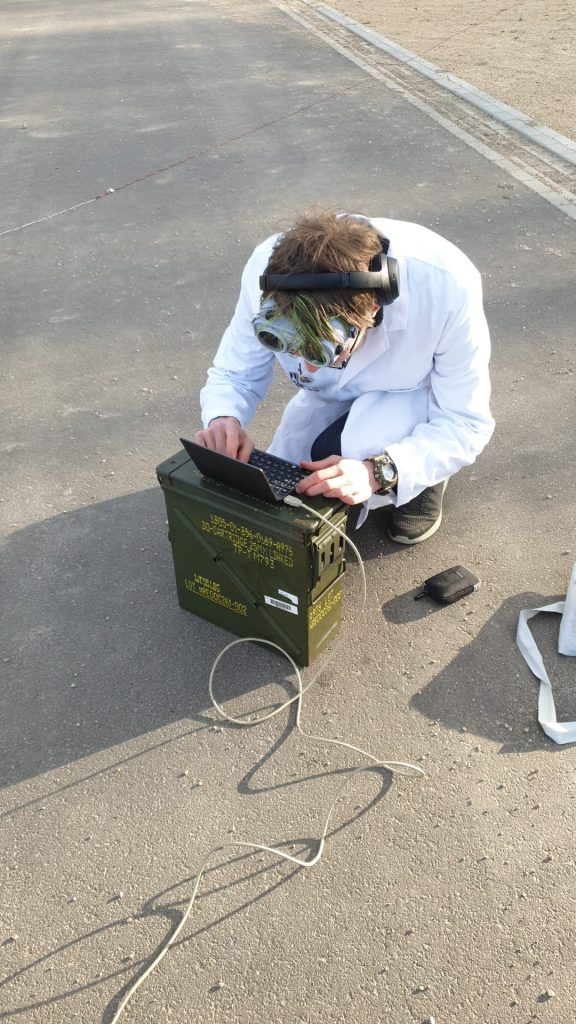
After everything was setup, calibrated, inserted and documented, it was time for the countdown.
And, the cherry on top, nothing other than 4K drone footage, kindly provided by a good friend of mine, who happened to be observing this launch and brought his DJI along for the ride.
And you know what else is wonderful, these thrust curves!
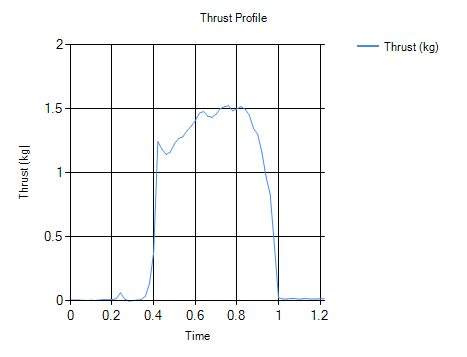
This is, again, the most powerful* rocket yet tested by me.
(powerful being defined as max thrust, the most powerful rocket by total impulse so far is R-13)
It positively smashed the previous record of maximum thrust, set by R-3 at 1061 grams, by producing a incredible 1.525 grams at its peak!
Although its total impulse is ever so slightly below that of R-13, its almost constant thrust makes up for this in my mind.
Speaking of impulse, lets talk about what Impulse Calculator 2000 has to say about this data.
| Pre Test Weight | 51.06 g |
| Post Test Weight | 31.89 g |
| Difference (average | 19.17 g |
| Total Impulse | 7.63 Ns |
| Average Thrust | 6.15 N |
| Peak Thrust | 1.525 Kg |
| Thrust time | 0.6 S |
| Burn time | 9 S |
| Motor class | C |
| Specific Impulse (Ns/kg) | 401.742 |
| Specific Impulse (Sec) | 40.96 |
While this data shows it was slightly less efficient than R-13, it is still performant enough to be practical.
I think the loss of efficiency is due to incomplete and unstable combustion, as visible in the footage.
After about 600 milliseconds, combustion seems to stop, seemingly continuing in a subdued state after a short pause.
My hypothesis is that the pressure was very high to begin with, due to the internal igniter providing a boost and partially plugging the nozzle to boot, but after it retracted the pressure quickly leaked out of the imperfect nozzle (the footage seems to suggest it might have leaked around the rings), causing the pressure to drop by such an amount as to prevent further combustion, after which the fuel reignited from the remaining heat and burned slowly due to the too large nozzle opening, not producing any notable thrust.
Another possibility is that, due to the core being ever so slightly off center, a small half moon of fuel remained after the majority had combusted, and this sliver, having much less surface area, failed to maintain enough chamber pressure to encourage thrust.
While this is a shame, I still consider this a success considering the materials I used to make the motor, and it should be more than enough thrust for the next few launches yet.
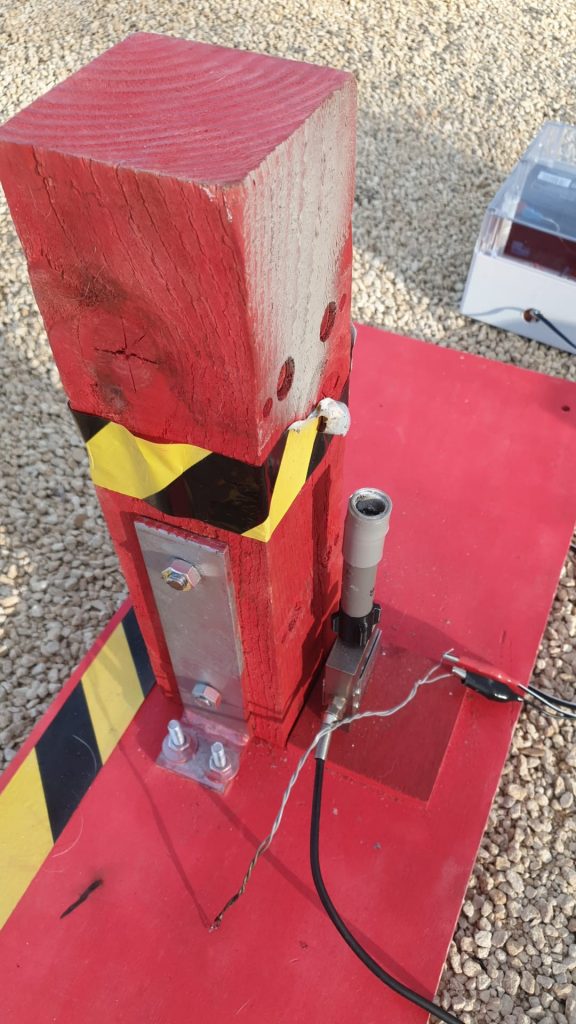
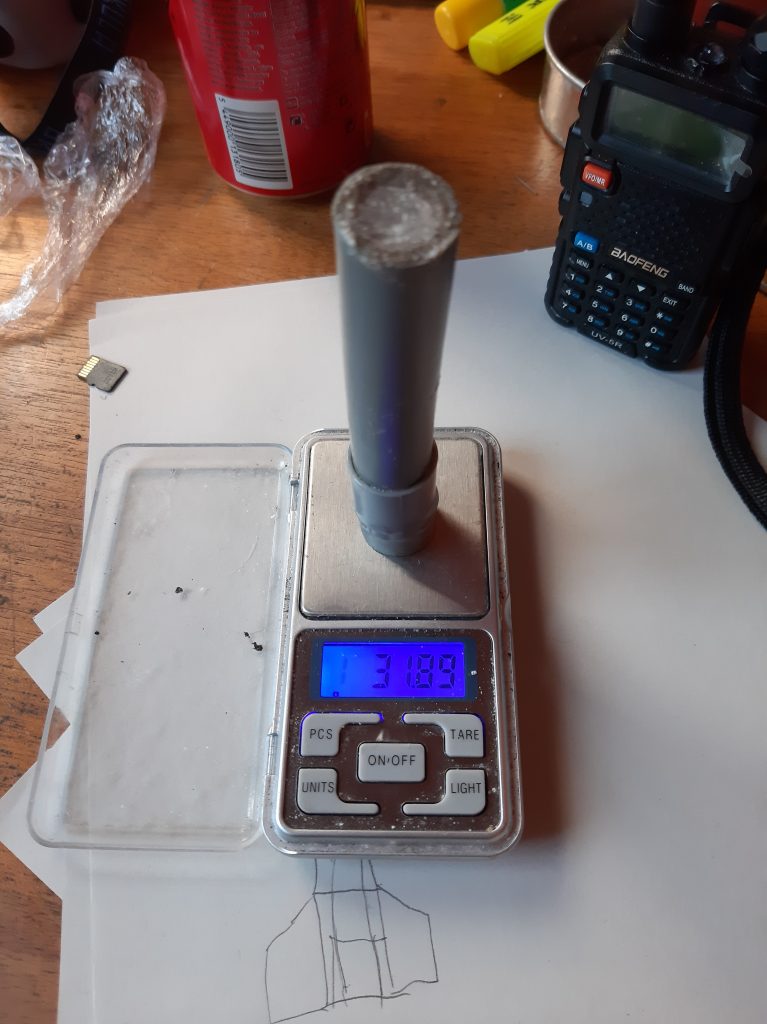

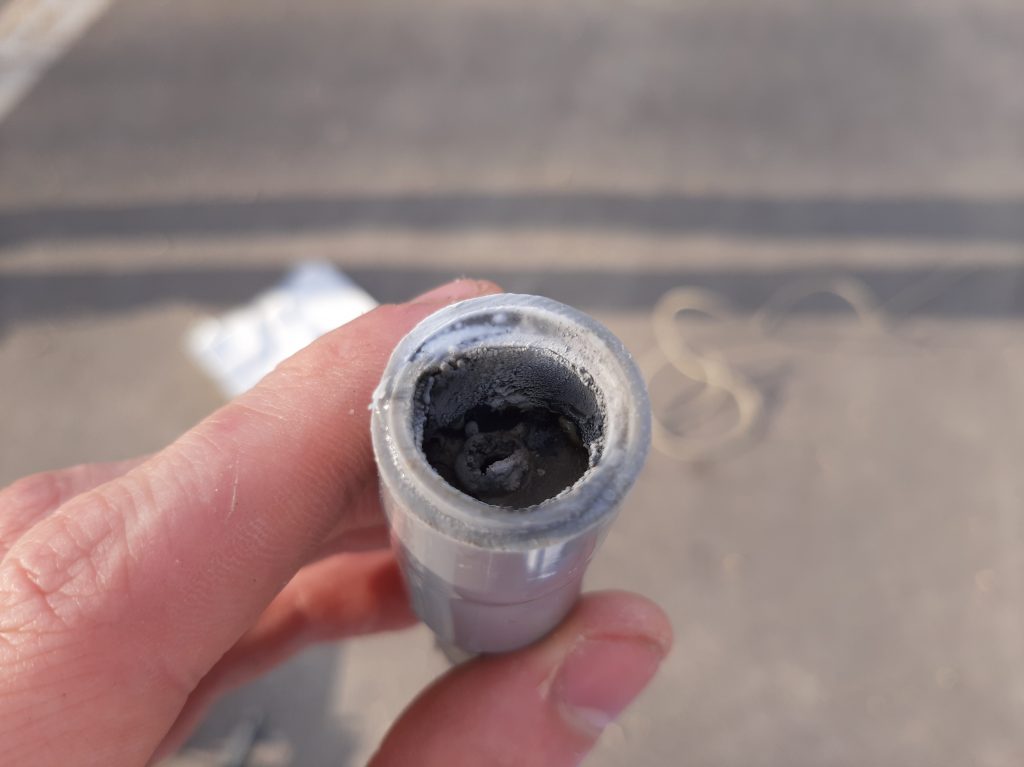
I also noticed some asymmetry in the exhaust, possibly indicating a unwanted sideways deviation.
For static testing that’s not a big deal, but when actually launching anything, this could prove to be a problem.
The plan now is to assemble R-15, and launch it inside what amounts to BTIR-2, the next (and hopefully stable) iteration of BTIR-1.
More info on BTIR-2, nicknamed “Perigee”, will be uploaded in a separate post shortly.
And, as is now tradition, the raw data log of this test is available
(In a 7-Zip archive):
I also recommend Notepad++ for viewing and editing (boilerplate anyone?)

sick bro!